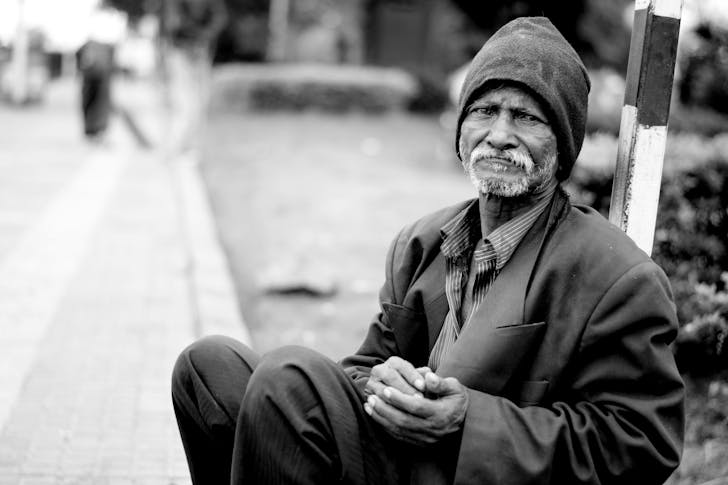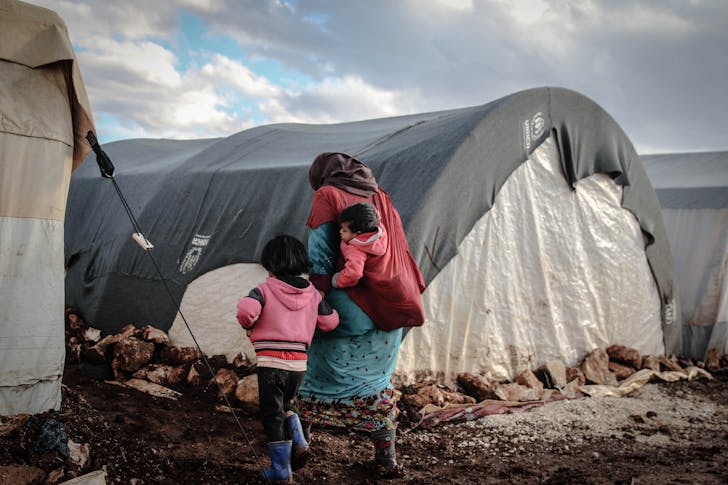The global economy is growing, but progress remains lackluster. In its latest report, the World Bank forecasts a steady expansion of 2.7% in 2025 and 2026. While consistent with 2023 and 2024, this pace falls short of the 2010–2019 average of 3.1%.
That 0.4 percentage-point gap may not seem huge. But its impact is stark: millions of people in poverty see little improvement in their living standards.
Challenges like the lingering effects of COVID-19, the war in Ukraine, and tightening global trade policies have left deep scars. These hurdles slow down investment and erode the momentum needed for transformative economic growth. What’s worse, the ripple effects of these disruptions are not evenly distributed, leaving developing economies even further behind.
Developing Economies and the Global Economy
The World Bank’s assessment highlights a troubling trend: growth in developing economies has been steadily slowing. From a strong 5.9% average in the 2000s to a mere 3.5% in the 2020s, the numbers tell a sobering story.
Excluding economic powerhouses like China and India, growth in these regions significantly lags behind wealthier nations.

This decline is fueled by a mix of crippling debt, weak investments, and rising climate-related costs. The global economy might be moving forward, but for poorer nations, it feels like running in place. Without significant intervention, this slowdown risks becoming the new normal, exacerbating poverty for years to come.
Inflation Eases, but the Relief is Uneven
There is a silver lining in the World Bank’s latest report: global inflation is finally cooling. After hitting a staggering 8% two years ago, inflation is expected to drop to 2.7% by 2025–2026. This brings it closer to the targets set by central banks worldwide, offering some hope for stability.
However, the benefits of this improvement are not evenly shared. While wealthier countries see a boost from declining inflation, developing economies continue to wrestle with financial instability.
High borrowing costs and volatile markets make it harder for these nations to rebuild, keeping them stuck in a vicious cycle of slow growth and persistent poverty.
Protectionism and Climate Change are Obstacles to Progress
Protectionist trade policies are another thorn in the side of the global economy. Restrictive practices are hurting exports from developing nations, reducing their access to vital markets. These policies undermine the open trade environment that historically spurred economic growth in low-income countries.

Adding to these woes is the mounting cost of climate change. From devastating natural disasters to expensive infrastructure projects needed for adaptation, these costs disproportionately weigh on the world’s poorest nations. The World Bank stresses that without coordinated global action, these challenges will only intensify. They will create further barriers to progress.
The Role of the U.S. Economy is Pivotal
Interestingly, the United States stands out as a bright spot in the World Bank’s report. The American economy is expected to grow by 2.3% this year, a slight downgrade from 2024 but a noticeable improvement over previous forecasts.
Factors like strong consumer spending, an influx of immigrants bolstering the workforce, and rising productivity have helped the U.S. defy the drag of high interest rates.
While the U.S. remains a key driver of the global economy, its success underscores the disparity between wealthy and developing nations. Without systemic change, these gaps will continue to widen, leaving millions behind.



